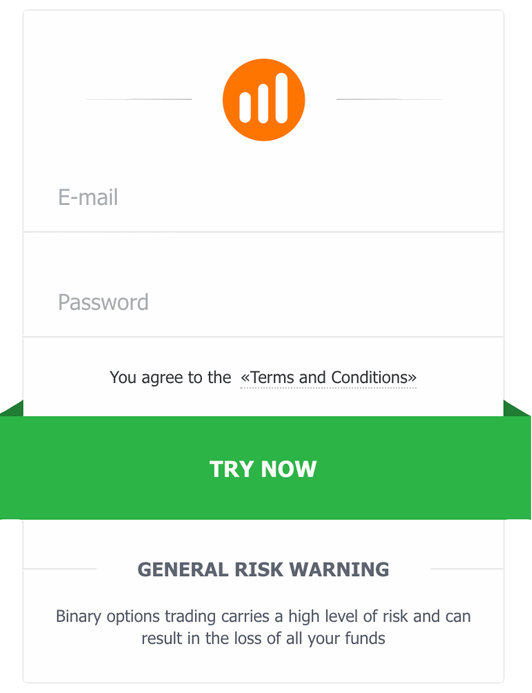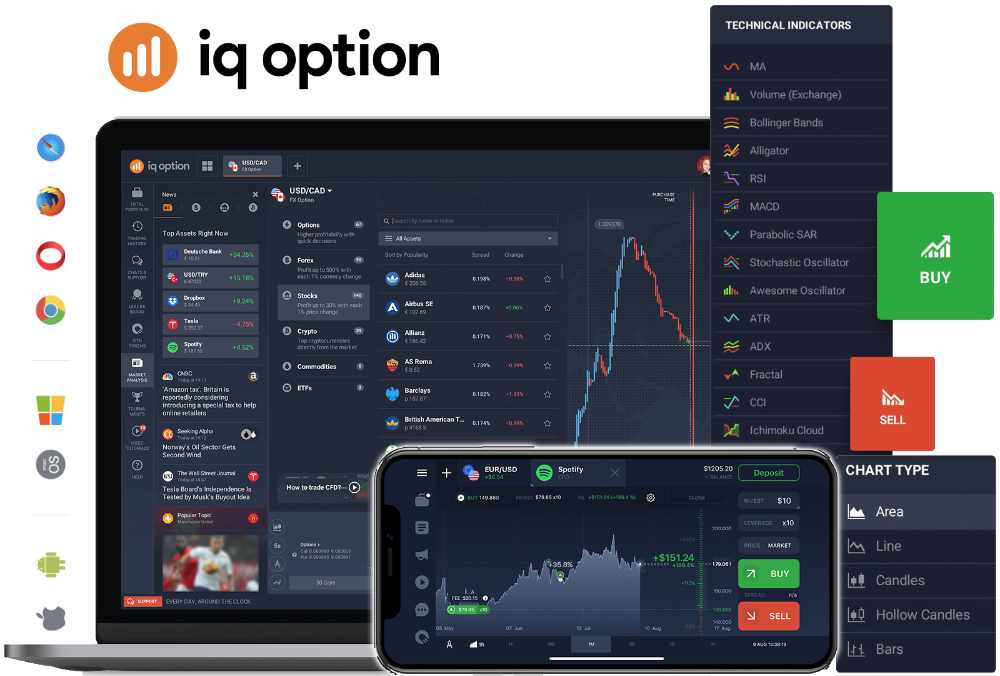Forex & Stocks: Winning with Trend Lines Daytrading Strategy
Day trading in the forex and stock markets is a high-stakes endeavor that requires a solid strategy, quick wits, and an understanding of market trends. One of the most effective tools in a trader’s arsenal is the use of trend lines. This article delves into the intricacies of using trend lines as a day trading strategy, offering insights into how traders can leverage this technique to potentially increase their chances of success in the fast-paced world of forex and stock trading.
Understanding Trend Lines
Trend lines are a foundational component of technical analysis, serving as a visual representation of market sentiment. They are drawn on charts to connect a series of prices, highlighting the direction and speed of a price trend. A trend line can be upward (bullish), downward (bearish), or horizontal (sideways).
- An upward trend line connects the lows in an ascending pattern, indicating that the market is in an uptrend.
- A downward trend line connects the highs in a descending pattern, signaling a downtrend.
- A horizontal trend line indicates that the market is ranging, with no clear direction.
Traders use these lines to make predictions about future price movements, identify potential entry and exit points, and set stop-loss orders to manage risk.
Identifying Trends in Forex and Stocks
Before a trader can utilize trend lines effectively, they must first be able to identify the prevailing trend. This involves analyzing price charts and looking for patterns that indicate a consistent direction in price movement.
- Uptrends are characterized by higher highs and higher lows.
- Downtrends feature lower highs and lower lows.
- Sideways trends show little change in the highs and lows.
Once the trend is identified, traders can draw trend lines to help forecast where the price is likely to go next.
Applying Trend Lines to Day Trading
Day traders often use trend lines to make quick, informed decisions. The key to using trend lines in day trading is to combine them with other technical indicators and trading disciplines to confirm signals and improve accuracy.
Entry and Exit Points
One of the primary uses of trend lines in day trading is to identify potential entry and exit points. When the price of an asset breaks through a trend line, it can signal a shift in market sentiment and an opportunity to enter or exit a trade.
- Entering a Trade: Traders might buy into an uptrend when the price bounces off the trend line or sell short during a downtrend when the price retreats from the trend line.
- Exiting a Trade: A break below an uptrend line or above a downtrend line could indicate it’s time to close a position to either take profits or cut losses.
Combining with Other Indicators
For greater effectiveness, trend lines are often used in conjunction with other technical indicators such as moving averages, Relative Strength Index (RSI), and volume. This multi-faceted approach can help confirm the signals provided by trend lines and increase the likelihood of successful trades.
Strategies for Trading with Trend Lines
There are several strategies that traders can employ when using trend lines in their day trading. Here are a few to consider:
The Bounce
The bounce strategy involves entering a trade when the price touches the trend line and appears to bounce off in the direction of the prevailing trend. This is seen as a confirmation that the trend is continuing.
The Break
The break strategy is based on entering a trade when the price breaks through the trend line, suggesting a potential reversal or the start of a new trend. Traders must be cautious with this strategy, as false breaks are common.
The Combination
Combining trend lines with chart patterns, such as triangles, flags, and head and shoulders, can provide additional confirmation of a trade signal. This strategy requires a thorough understanding of chart patterns and their implications.
Risk Management with Trend Lines
While trend lines can be a powerful tool, they are not foolproof. It’s essential for traders to practice sound risk management to protect their capital. This includes setting stop-loss orders based on trend line intersections and only risking a small percentage of the trading account on any single trade.
Real-World Examples
Let’s consider a hypothetical example where a trader identifies an uptrend in the EUR/USD forex pair. The trader draws an upward trend line connecting the higher lows. When the price dips and touches the trend line without breaking it, the trader enters a long position, anticipating a bounce. The trader sets a stop-loss just below the trend line to minimize potential losses if the trend reverses.
In another scenario, a day trader observes a downward trend line in the stock of Company XYZ. The stock’s price breaks through the trend line with increased volume, suggesting a potential reversal. The trader takes a long position, expecting the start of an uptrend, and sets a stop-loss below the breakout point to manage risk.
Conclusion: Key Takeaways for Trend Line Daytrading
Trend lines are a versatile and valuable tool for day traders in both forex and stock markets. They provide visual cues about market trends and can help traders make informed decisions about entry and exit points. However, it’s crucial to use trend lines in conjunction with other technical analysis tools and sound risk management practices. By understanding and applying trend lines effectively, traders can potentially enhance their day trading performance and navigate the markets with greater confidence.
Remember, no strategy guarantees success, and all trading involves risk. It’s important for traders to continue educating themselves, stay disciplined, and conduct thorough market analysis before making any trading decisions.





 How to trade FX options? (01:44)
How to trade FX options? (01:44) How to trade CFD? (00:49)
How to trade CFD? (00:49) How to trade binary options*? (01:22)
How to trade binary options*? (01:22) Forex. How to start? (01:01)
Forex. How to start? (01:01)